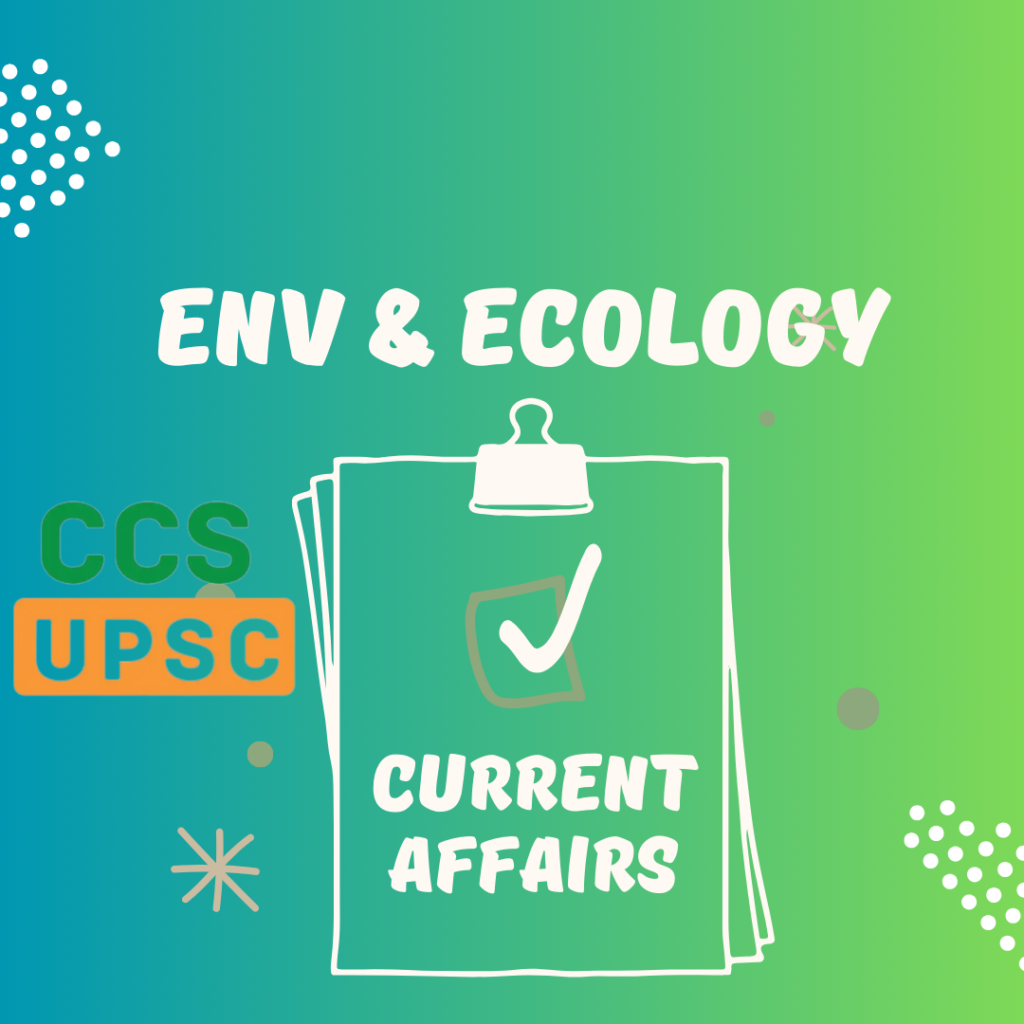Context:
- Recently, the NITI Aayog unveiled the ‘Greening and Restoration of Wasteland with Agroforestry (GROW)’ report and portal, aiming to bolster efforts in environmental conservation and sustainable land use across India.
About the GROW
- It is a multi-institutional effort led by NITI Aayog, which utilised remote sensing and GIS to assess agroforestry suitability across all districts in India.
- It provides state-wise and district-wise analysis, supporting government departments and industries for greening and restoration projects.
- It underscores the potential benefits of converting underutilised areas, especially wastelands, for agroforestry.
Key Highlights:
- An Agroforestry Suitability Index (ASI) was developed for national-level prioritisation.
- The GROW-Suitability Mapping portal Bhuvan allows universal access to state and district-level data.
- Currently, agroforestry covers 8.65% of India’s total geographical area, totalling about 28.42 million hectares.
- The GROW initiative aligns with national commitments, aiming to restore 26 million hectares of degraded land by 2030 and create an additional carbon sink of 2.5 to 3 billion tonnes of carbon dioxide equivalent.
- Promotion of agroforestry: There is a need for promotion of agroforestry especially for reducing import of wood and wood products, carbon sequestration to combat climate change at global and national level and addressing sub-optimal use of arable land.
- Fallow land and culturable wastelands can be converted to productive use through agroforestry.
| Do you know?– Approximately 16.96% of the total Geographical Area (TGA) is wasteland in India. It requires transformation for productive use.a. The Union Budget of Government of India (FY-2022-23) has underlined the promotion of agroforestry and private forestry as a priority.b. Approximately 50% of the wastelands are non-forest lands, which can be made fertile again if treated properly.– Geospatial technologies and GIS are employed to map and prioritise these wastelands for agroforestry interventions. |
Utilising wastelands in India
- Integrated Wasteland Development Programme (IWDP): It aims to develop wastelands mainly in non-forest areas by involving local people at every stage of development.
- The programme focuses on improving the productivity of waste & degraded lands.
- Wasteland Reclamation: This approach aims to restore desolate landscapes, revive biodiversity, improve the lives of affected communities, and enhance economic and ecological value.
- It combines ecological restoration, sustainable agriculture, and community engagement.
- Technologies such as mulching, greenhouse, net house, and high-density plantation can make the wastelands fertile.
- State-wise Utilisation: States like Maharashtra and Andhra Pradesh have a high scope for using wasteland due to their large wasteland areas.


